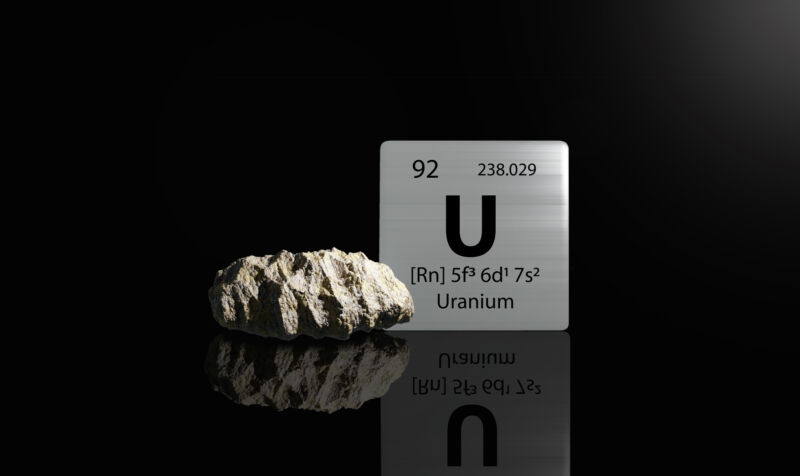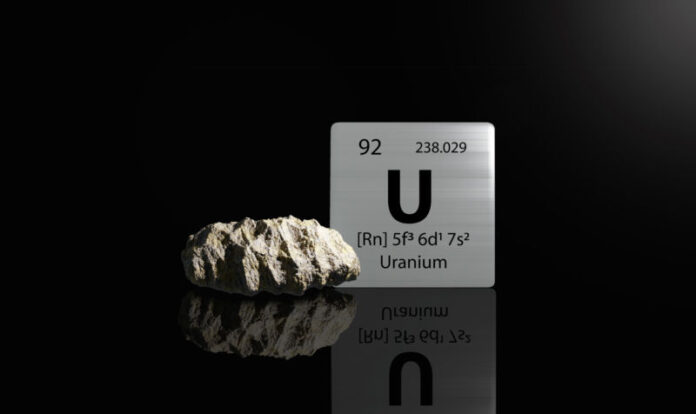
High-assay low-enriched uranium (HALEU) has been touted as the go-to fuel for powering next-gen nuclear reactors, which include the sodium-cooled TerraPower or the space-borne system powering Demonstration Rocket for Agile Cislunar Operations (DRACO). That’s because it was supposed to offer higher efficiency while keeping uranium enrichment “well below the threshold needed for weapons-grade material,” according to the US Department of Energy.
This justified huge government investments in HALEU production in the US and UK, as well as relaxed security requirements for facilities using it as fuel. But now, a team of scientists has published an article in Science that argues that you can make a nuclear bomb using HALEU.
“I looked it up and DRACO space reactor will use around 300 kg of HALEU. This is marginal, but I would say you could make one a weapon with that much,” says Edwin Lyman, the director of Nuclear Power Safety at the Union of Concerned Scientists and co-author of the paper.
Read 15 remaining paragraphs | Comments
Ars Technica - All contentContinue reading/original-link]




